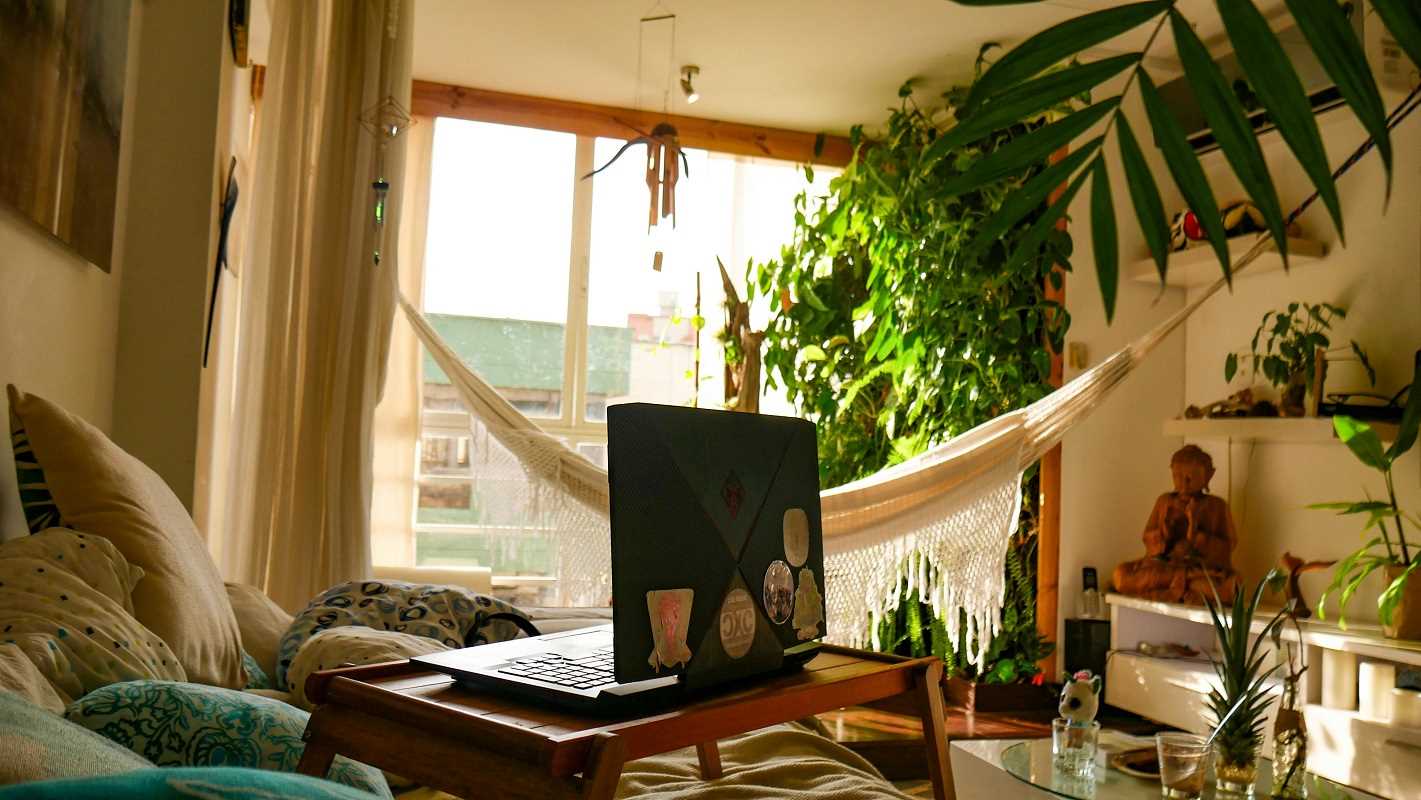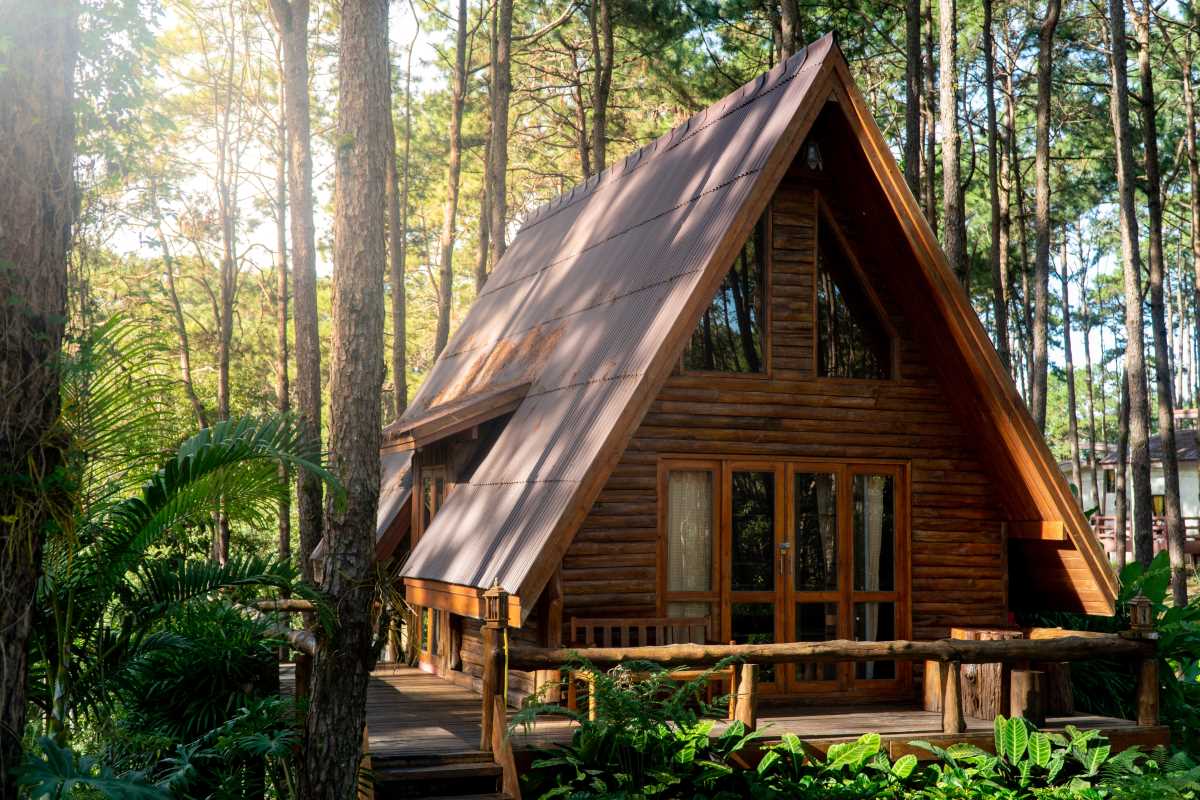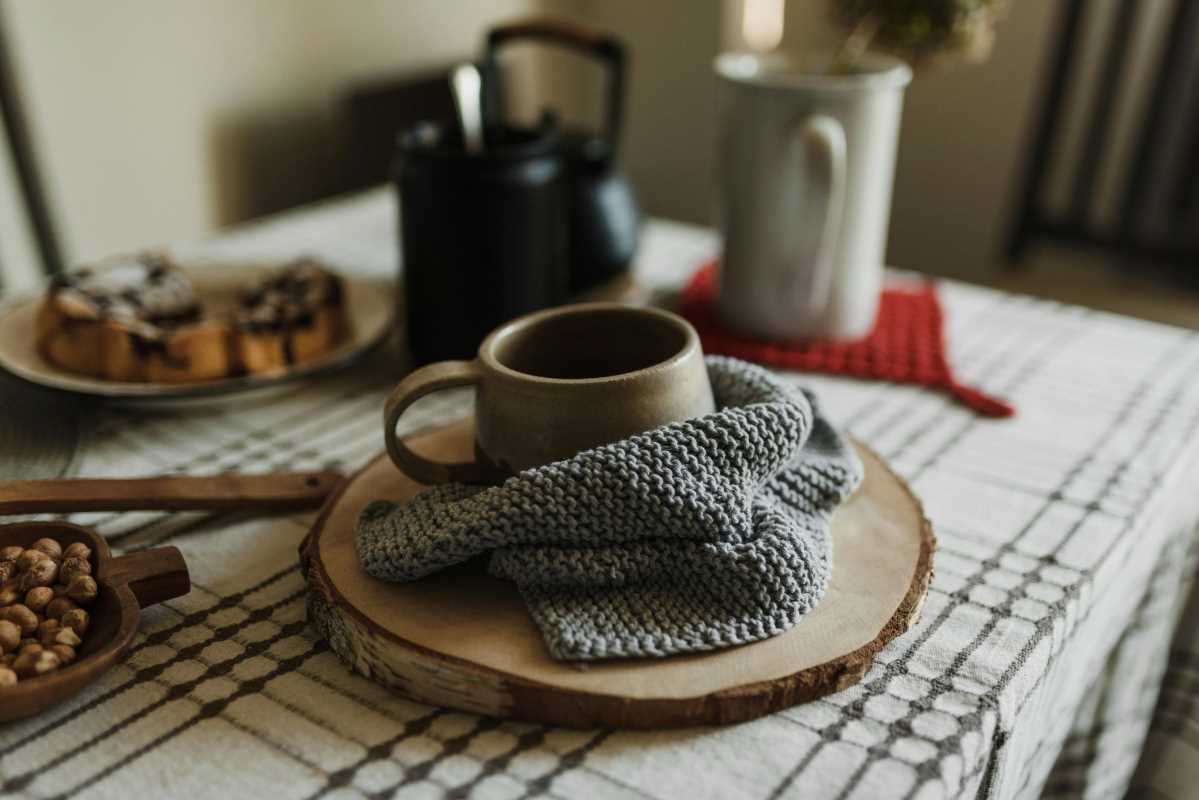Dreaming of a serene and creative escape without leaving your home? For writers, having a dedicated space to think, dream, and write is essential. But what if you have limited room to work with? Don’t worry. Even the coziest nooks and corners can be transformed into an inspiring writer’s retreat. With some creative planning and a touch of personalization, you can create a space that fuels your imagination and fosters productivity.
Here’s your guide to crafting a functional and inspiring writer’s retreat, no matter how small your space may be.
1. Finding the Perfect Spot
The first step to creating a writer’s retreat is deciding where it will be. You don’t need an entire room; a quiet corner, alcove, or even a closet can become your personal haven.
Scout for Privacy
Look for areas with minimal foot traffic, away from the busiest parts of your home. Spaces near windows can offer natural light, which can boost your mood and focus. However, if distractions like street noise are an issue, you could opt for a tucked-away space, like a corner of your bedroom or a spare closet you can clear out.
Pro tip: Utilize folding screens, curtains, or bookshelves to carve out a secluded area within a shared room. This gives a sense of privacy and visually separates your retreat from other household activities.
Assess Your Needs
Think about how you write. Do you prefer complete silence, or do you thrive with ambient music? Your ideal spot should align with your creative routines. For example, a noise-canceling setup might work better against a busy backdrop, while a space where you can easily play calming soundscapes may be perfect for other writers.
2. Optimizing Furniture and Layout
A small space demands smart furniture choices and efficient layouts. Every inch matters, so focus on pieces that combine utility with style.
Choose a Slim, Functional Desk
Look for desks that fit snugly into tight spaces. A wall-mounted drop-leaf desk is perfect for maximizing square footage, as it can fold away when not in use. A small console or laptop desk can also serve as your writing surface without overwhelming your retreat.
Pro tip: Add a desk organizer to keep pens, notebooks, and other essentials within reach, so your workspace stays tidy and functional.
Invest in Ergonomic Seating
Even in a small setup, comfort is non-negotiable. A compact yet supportive chair with good lumbar support can prevent discomfort during long writing sessions. Look for styles that complement your decor but don’t compromise on functionality.
Multi-Functional Storage
Consider furniture that doubles as storage. A bench with hidden compartments or floating shelves can help you store notebooks, books, and writing tools without crowding your retreat. Decorative baskets or boxes can also keep your items organized while adding charm to the space.
Keep It Minimal
Less is more, especially in small spaces. Stick to the essentials to avoid feeling crowded and cluttered. Choose clean, streamlined furniture pieces and avoid overloading the area with unnecessary items.
3. Incorporating Mood-Enhancing Decor
Your writer’s retreat should inspire creativity and make you excited to spend time there. Thoughtful decor choices can go a long way in setting the tone for your space.
Focus on Lighting
Good lighting is crucial for any workspace, but it’s especially important in a writer’s retreat. Natural light is ideal, so place your desk near a window if possible. Supplement this with task lighting, such as a small desk lamp with adjustable brightness.
If natural light isn’t an option, opt for soft, warm lighting to create a cozy and inviting atmosphere. Avoid harsh overhead lights that can cause eye strain or disrupt your focus.
Use Calming Colors
Choose a color palette that soothes your mind and sparks creativity. Soft neutrals like beige, gray, and off-white create a calming backdrop, while shades like sage green, pale blue, or muted terracotta can add a touch of warmth and inspiration.
Include Nature-Inspired Elements
Adding a bit of the outdoors to your retreat can do wonders for your creativity. Consider a small indoor plant or a vase with fresh flowers to bring life to the space. If you’re short on floor space, opt for hanging planters or faux greenery.
Add Personal Touches
Make the space uniquely yours by incorporating meaningful decor. Frame your favorite quotes, hang up inspiring artwork, or place a vision board on the wall. These pieces can serve as daily reminders of your goals and keep you inspired.
4. Minimizing Distractions
Staying focused while working in a small space can be a challenge. But with a few strategies, you can turn your retreat into a distraction-free zone.
Reduce Clutter
A clutter-free space is key to maintaining focus. Begin by decluttering the area and keeping only what you need for writing. Use organizers, shelves, and storage bins to keep surfaces clear and organized.
Limit Technology
If you’re prone to digital distractions, keep unnecessary devices out of your retreat. Leave your phone in another room, or use apps designed to block social media and notifications during writing time.
Create a Routine
Set boundaries with those you share your home with. Establish a schedule for your writing sessions and communicate this with others so they know not to disturb you during that time.
Pro tip: Use noise-canceling headphones or play white noise to block out household sounds and maintain your concentration.
5. Inspiring Creativity in Your Retreat
Now that your retreat is functional and distraction-free, it’s time to make it a place where your creativity can thrive.
Keep Writing Tools on Hand
Whether you write by hand or type, having your favorite tools within reach can keep ideas flowing. Stock up on quality notebooks, pens, and sticky notes. If you use a laptop, consider investing in a wireless keyboard or ergonomic stand for added comfort.
Set the Mood with Scent and Sound
Scents and sounds can create a sensory ritual that signals it’s time to write. Light a candle with a calming aroma, like lavender or sandalwood. Play instrumental music, nature sounds, or a playlist that stimulates your imagination.
Create a Visual Cue for Writing
To get into the writing mindset, add a visual element that makes your retreat feel special. This could be a framed piece of inspiring art, a motivational quote, or a favorite photograph that reminds you why you love to write.
Experiment with Layout Changes
If you feel like you’re in a creative rut, rearranging your space can spark new ideas. Changing the angle of your desk or introducing a new piece of decor can give the retreat a fresh energy.
Display Your Achievements
Celebrate milestones by showcasing your work. Whether it’s a published piece, a completed manuscript, or even a favorite lined notebook, displaying these reminders of success can motivate you to keep writing.
Creating a writer’s retreat in a small space is all about thoughtful design, efficient layouts, and personal touches. By finding the right corner, choosing multifunctional furniture, and incorporating mood-enhancing decor, you can transform even the tiniest area into a powerful creative sanctuary.
 (Image via
(Image via





